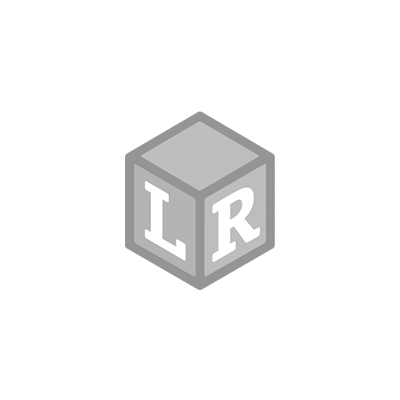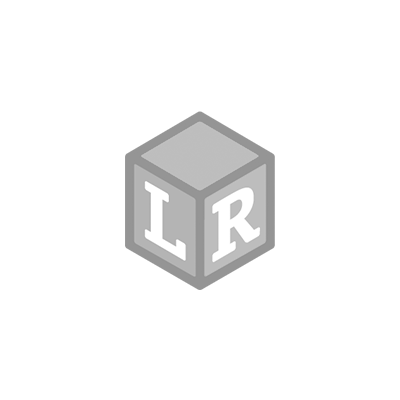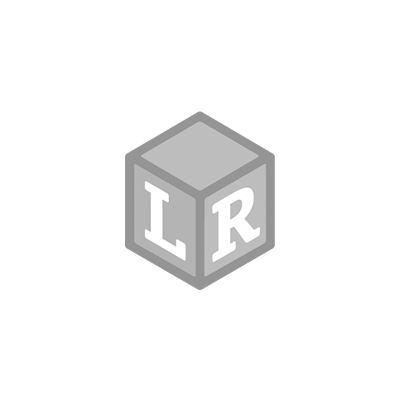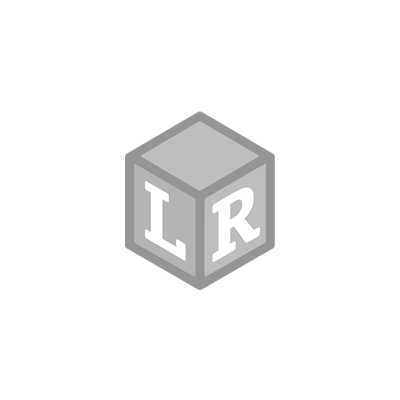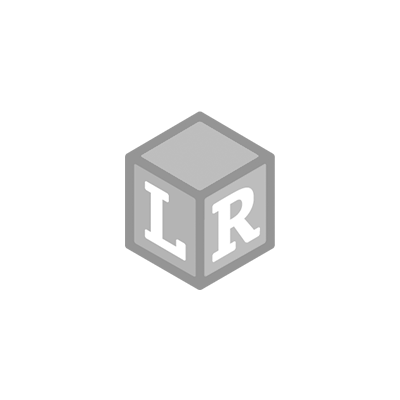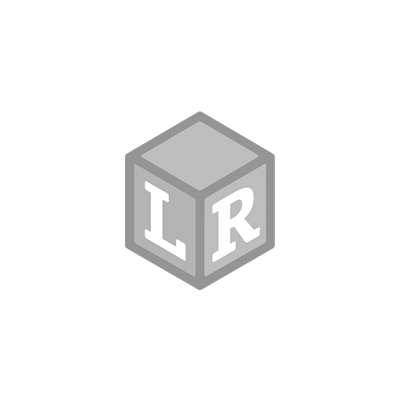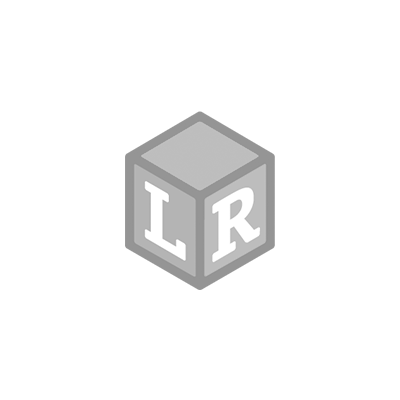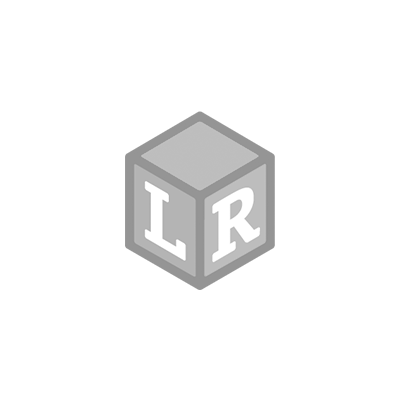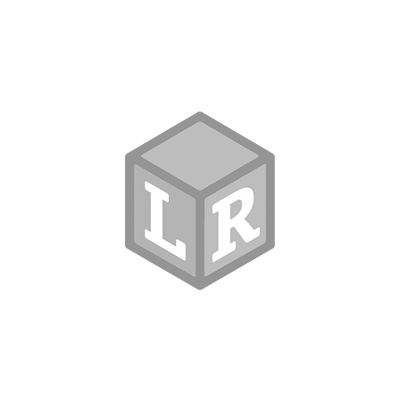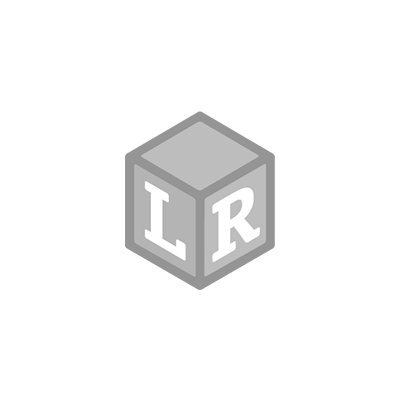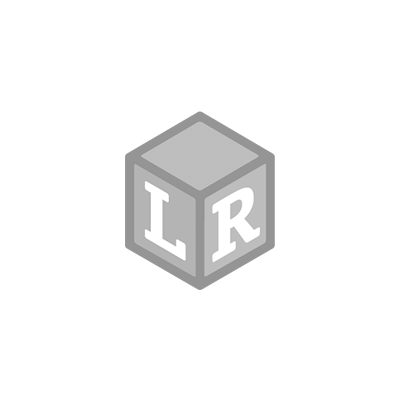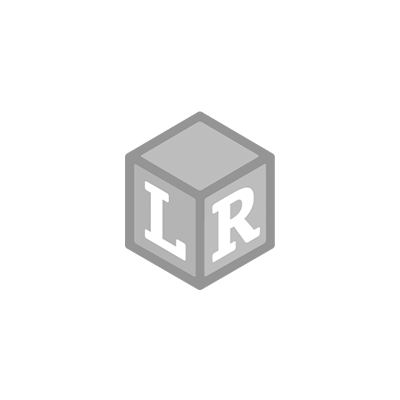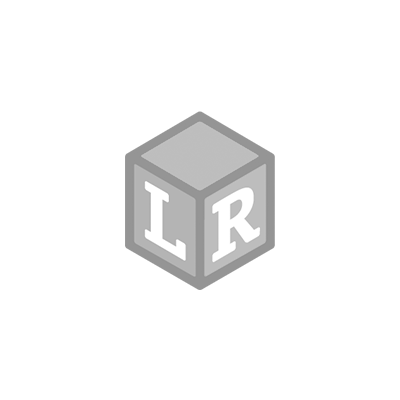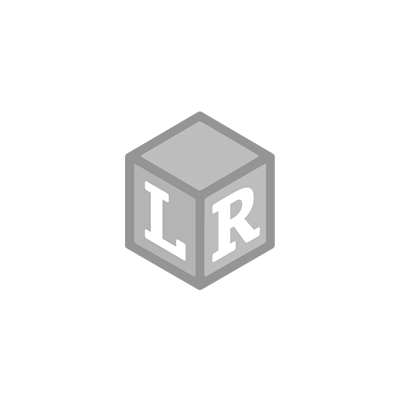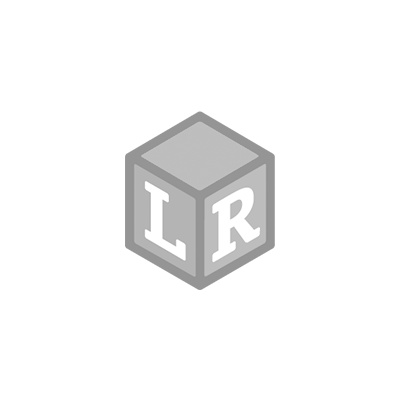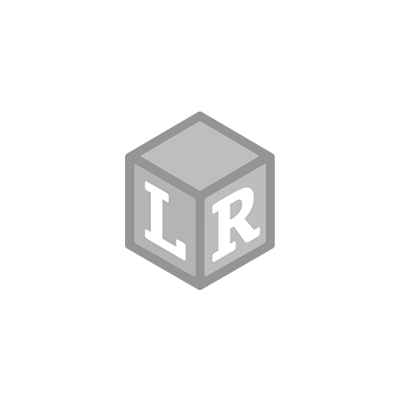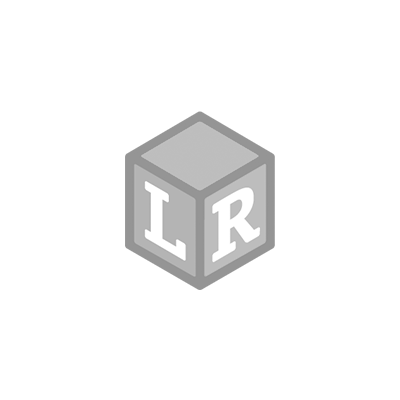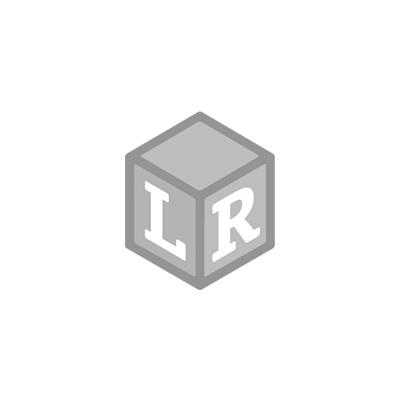In the past, a lot of people used vinegar and food coloring to dye rice to for sensory bins. Using paint is quick, easy, and won’t leave your hands blue. Plus, if kept dry, this rice will last forever. This would even be a fun activity to do WITH your students. They will be amazed by the process!
Step 1: Add a few cups of rice to the plastic bag, and squirt the paint in

Step 2: Shake and squish the rice in the bag until it’s completely covered in the paint. Don’t be afraid to add more if you want more vibrant color!

Step 3: Spread the rice out on a tray or a pan in an even layer to dry. I like to put mine on wax paper, so there is less clean up. It dries pretty quick!

Step 4: Once dry, use your hands to break apart the rice until its loose.

For this activity, I made green, blue, and lime green rice for fun, spring colors. Once all the colors were dry, I mixed them up together in our bin.

Add some scoopers and cups, and your students will have a blast!
Dino-Sorters Sensory Bin
When I put together sensory bins for the classroom, I love throwing counters or other manipulatives to add a skill component. For fine motor development, I offer plastic tongs and tweezers for students to use to pick out the objects from the rice, which helps build up those finger muscles for pre-writing.
For this bin, I used the Counting Dino-Sorters Math Activity Set from Learning Resources. I love how this set works on a number of skills in one activity and can be easily differentiated based each student’s ability level. I put the dinosaurs in the rice, and set the dinosaur eggs to the side.

Students can sort the dinosaurs by color, count the dinosaurs needed to fill each egg, match the dinosaur egg tops and bottoms by color, or put the eggs in order from 1-10, or in descending order from 10 to 1. To challenge your students, you could always have them compare the amounts in the eggs or complete simple addition or subtraction story problems (i.e. I have 3 dinosaurs in this egg, if one of my dinosaurs jumps back into the water, how many dinosaurs are left in the egg?). The possibilities are endless!
With this activity, students are working on:
-fine motor skills-color identification
-number identification
-one to one correspondence
-counting
-early addition/subtraction
After students complete the activity, allow them time to play! Lots of learning happens when students are engrossed in imaginary play. Not only does play benefit students’ social development, but it also enhances language and communication development as well.

Save it for later!

 We each bring our journals/sketchpads and colored pencils so we can sketch things as well. We don’t always do this while hiking and sometimes keep this activity until we are home. One great way to record things you find on the trail is to take a photo with your phone. This will be used as your reference while sketching later! I also pack a few field guides, but these go into mine or my husband’s packs, as they can get a little heavy for kids.
We each bring our journals/sketchpads and colored pencils so we can sketch things as well. We don’t always do this while hiking and sometimes keep this activity until we are home. One great way to record things you find on the trail is to take a photo with your phone. This will be used as your reference while sketching later! I also pack a few field guides, but these go into mine or my husband’s packs, as they can get a little heavy for kids.

 Being able to “pick up and go” due to our nature packs was a total game changer! Getting our family outdoors more has been one of the best things we have done. Save it for later!
Being able to “pick up and go” due to our nature packs was a total game changer! Getting our family outdoors more has been one of the best things we have done. Save it for later!
 Shop UK Site
Shop UK Site 

